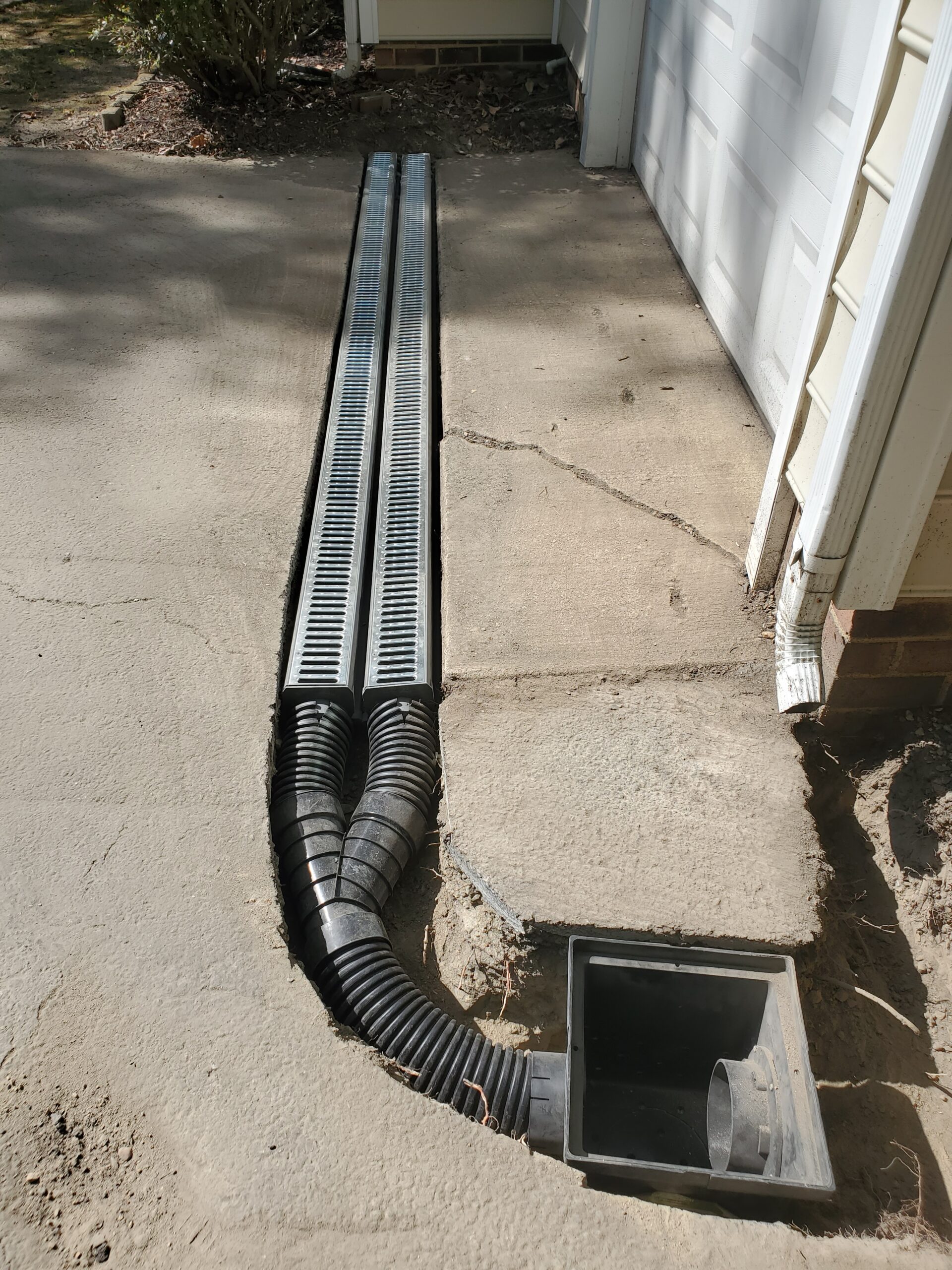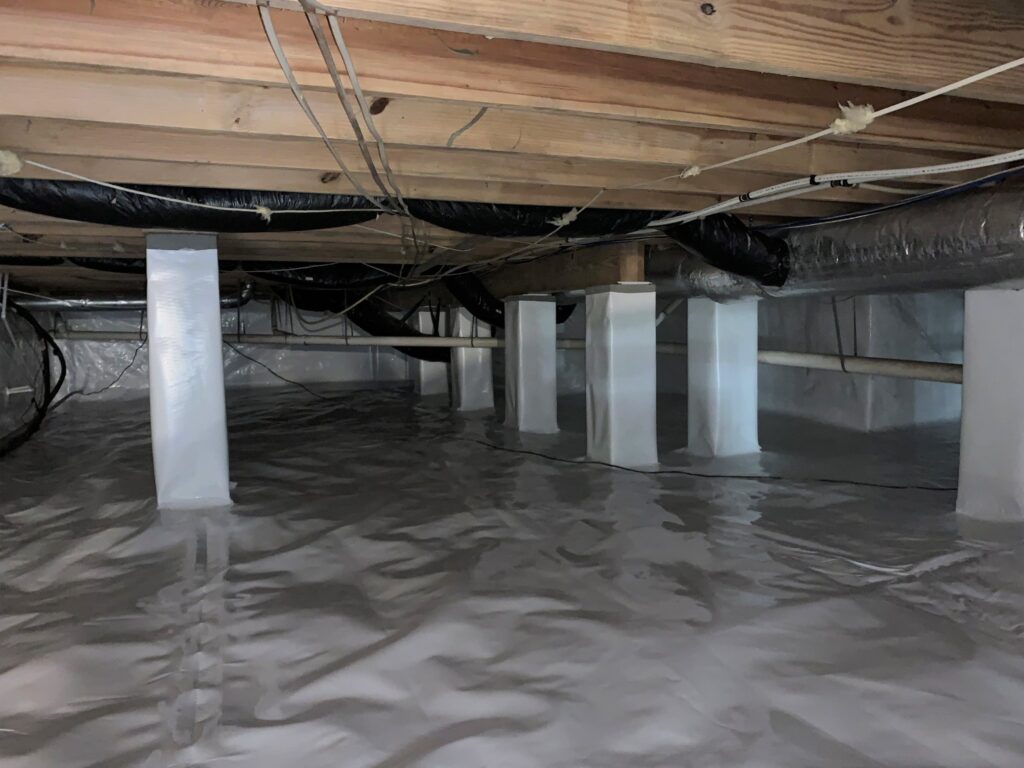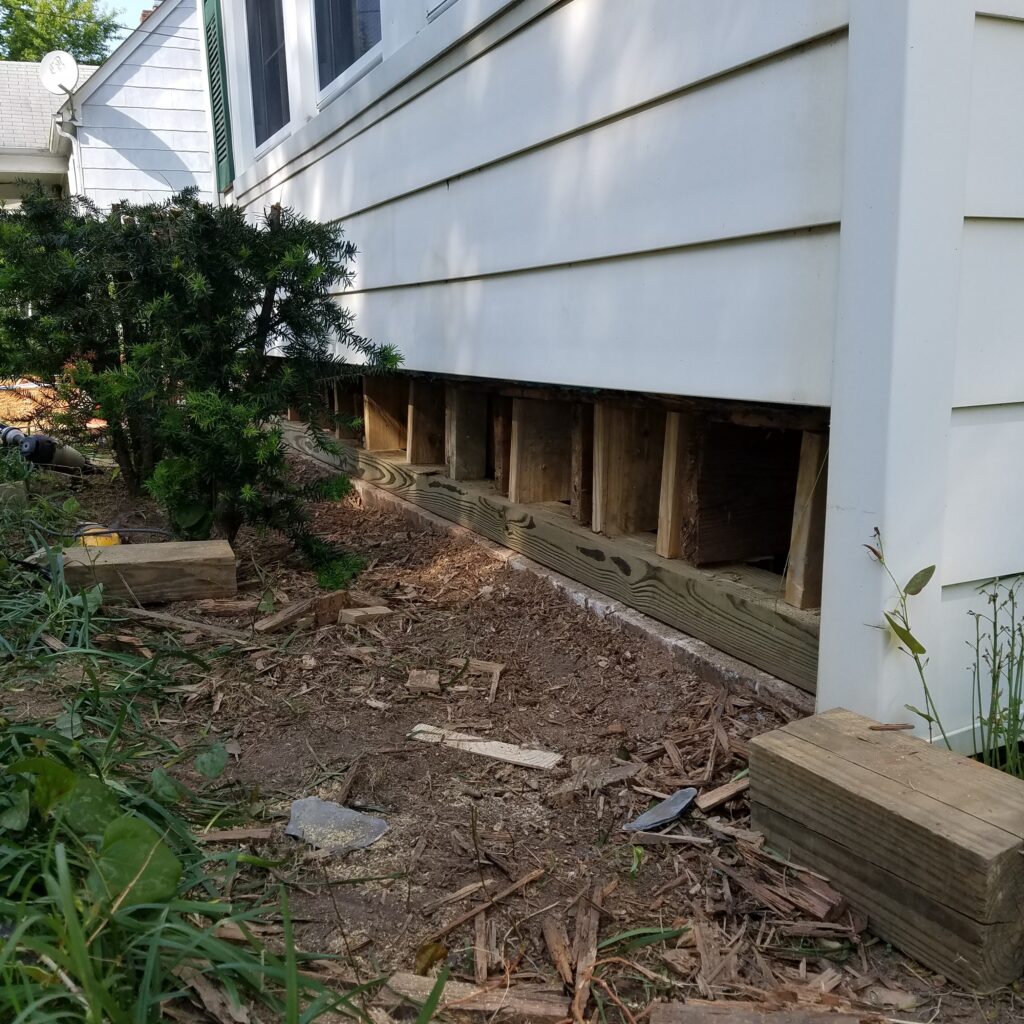The foundation is the unsung hero of any building structure. Hidden from view, it quietly carries the weight of your home, ensuring its stability and structural integrity. Just like the roots of a tree, the foundation anchors your property, providing a solid base that withstands the stresses of weather and time. The foundation can develop problems due to various factors, potentially threatening your property’s stability. This article aims to shed light on the basics of foundation repair chester va, a critical aspect of property maintenance often overlooked until too late.
The Role of the Foundation
A home’s foundation serves several crucial functions. It distributes the weight of the structure evenly onto the ground, preventing uneven settling or movement. It anchors the structure, providing resistance against forces such as wind or seismic activities. It acts as a barrier between the structure and groundwater, preventing moisture seepage that could lead to issues like mold or mildew.
Given these vital functions, it’s clear that maintaining a healthy foundation is not just important – it’s imperative. Ignoring foundation issues can lead to severe structural damage, extensive repairs, and in worst-case scenarios, can even render property unsafe for habitation.
Recognizing Foundation Problems
Foundation issues don’t happen overnight. They usually start small and gradually worsen over time. Early detection can save homeowners from high foundation repair costs and the inconvenience of extensive restoration work. Here are some tell-tale signs of foundation problems:
Cracks: These can appear in the foundation itself, floors, walls, or above door and window openings. While small, hairline cracks are often cosmetic, larger, horizontal cracks may indicate serious foundation issues.
Uneven or sloping floors: If you notice your floors are uneven or they slope in one direction, it may be a sign of foundation settlement or upheaval.
Sticking doors and windows: Difficulty in opening or closing doors and windows, or gaps appearing around them, can be a symptom of foundation movement.
Bowing walls: Walls that bow or lean inward can be a sign of soil pressure against your foundation.
Water damage and soil shifting: Excessive moisture around the foundation can cause soil to expand and contract, leading to movement in the foundation.
If you notice any of these signs, it’s advisable to seek professional help from the nearest chester va foundation repair contractor immediately. Early intervention can prevent minor issues from becoming major problems.
 Understanding the Causes
Understanding the Causes
Several factors can contribute to foundation problems. Some common ones include:
Soil-related issues: The type of soil, its compaction level, and its ability to drain water can significantly impact the foundation. Expansive clay soils can swell with moisture and shrink when dry, causing movement in the foundation.
Poor construction: Inadequate foundation construction or using low-quality materials can lead to foundation issues down the line.
Plumbing leaks: Water leaks can saturate the soil around your foundation, causing it to shift or erode.
Tree roots: Large tree roots can draw moisture from the soil, causing it to contract and lead to foundation movement.
Natural disasters: Earthquakes, floods, or extreme temperature changes can damage the foundation.
Approaches to Foundation Repair
Once a professional has assessed your foundation and determined the cause and extent of the damage, the next step is to decide on the most effective repair method. Here are some common approaches:
Underpinning: This involves strengthening the foundation by extending it in depth or breadth, so it rests on more stable soil or distributes its load more effectively. Underpinning is typically used for settlement issues.
Piering: There are two types of piercing methods – push piering and helical piercing. Both involve driving steel posts through unstable soil to a depth where the soil is stable to provide support for the foundation.
Slabjacking or mud jacking: This method is used for lifting sunken concrete slabs. A grout mixture is pumped beneath the slab, causing it to rise back to its original position.
Sealing: If the problem is related to moisture, sealing the foundation may be the solution. Waterproof coatings or membranes are applied to the foundation to prevent water seepage.

Importance of Professional Inspection and Repair
Foundation repair is not a do-it-yourself task. It requires the expertise of professionals who have the knowledge and equipment to handle such jobs. An experienced professional will conduct a thorough inspection of your property, identify the root cause of the problem, and recommend the best course of action.
Trying to fix foundation problems without the necessary expertise can lead to further damage and even pose safety risks. It is always recommended to hire a reputable foundation repair company to address such issues.
Long-term Maintenance
Proper maintenance goes a long way in preventing foundation problems. Regular inspections can help detect early signs of trouble. Managing the drainage around your property can prevent water accumulation near the foundation. Keeping gutters clean and ensuring downspouts direct water away from the foundation can also help maintain its health.
In areas with expansive clay soil, maintaining consistent soil moisture levels around the foundation can prevent soil contraction and expansion, reducing the risk of foundation movement.

In essence, understanding foundation repair basics is a crucial part of responsible property ownership. It’s about recognizing the importance of a solid foundation, knowing how to spot potential problems, and taking timely action to safeguard it with your property’s structural engineer.
The foundation is to your home what roots are to a tree. Just as healthy roots ensure a tree stands tall and robust, a well-maintained foundation guarantees that your property remains safe, stable, and valuable for years to come. Don’t take chances when it comes to your foundation. Invest in its care and repair, and it will support you and your property for a lifetime.
Frequently Asked Questions (FAQs)
What is a foundation repair?
Foundation repair refers to the process of fixing structural problems within a building’s foundation, which could be caused by a variety of factors including soil movement, water damage, aging, or poor construction.
How do I know if my foundation needs repair?
Visible fractures in walls or floors, stuck or ajar doors and windows, uneven or sagging flooring, and gaps around the window or exterior door frames are all indications that your foundation may require repair.
Can I repair the foundation myself?
While some minor issues can be addressed with DIY solutions, most foundation repairs require professional expertise and equipment. Incorrectly trying to fix a foundation problem can lead to further damage and higher costs in the future.
How much does it cost to repair a foundation?
The foundation repair cost can vary greatly depending on the extent of the damage, the repair method used, and geographical location. It’s best to get estimates from several professional foundation repair services to understand potential costs.
Can a house collapse due to foundation issues?
While extreme cases of foundation problems can potentially lead to a building collapse, most foundation issues result in gradual damage over time. Early detection and repair can prevent severe structural problems.
How long does it take to repair a foundation?
The time it takes to repair a foundation can vary depending on the extent of the damage and the method of repair. Some repairs could be completed in a few days, while others might take several weeks.
Does homeowners insurance cover foundation repair?
Homeowners insurance does not cover foundation repair unless the damage was caused by a covered peril, like a fire or tornado. It’s always best to check with your insurance provider to understand what is and isn’t covered under your policy.
